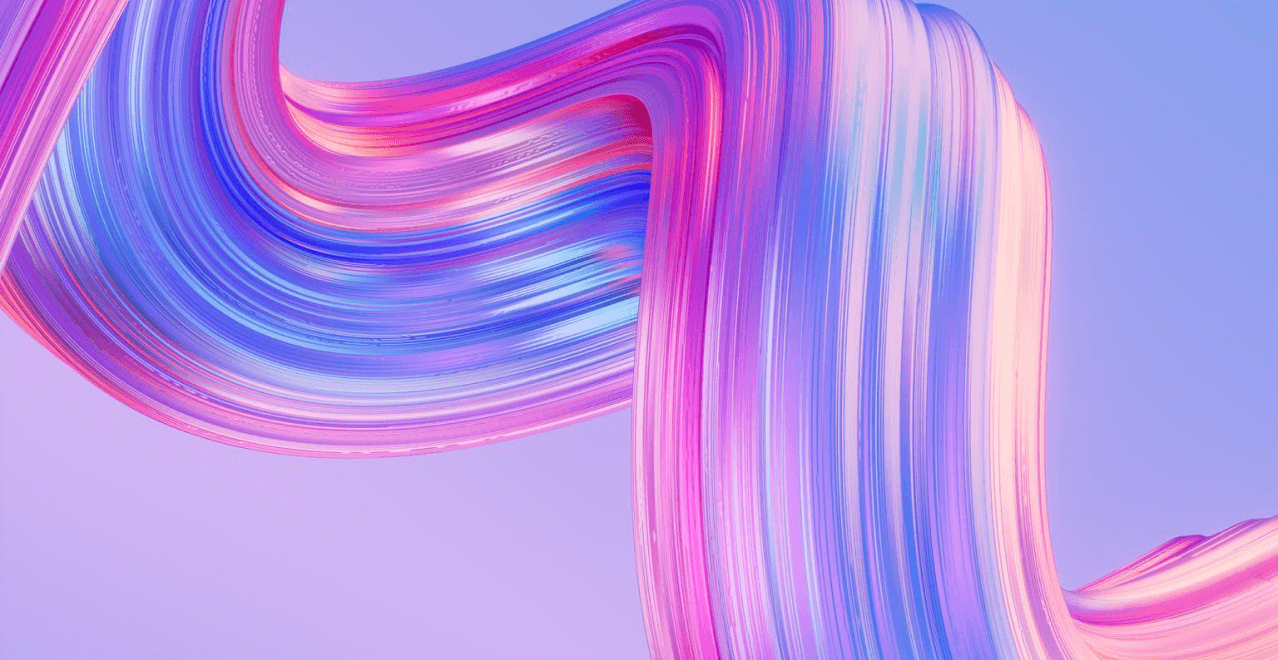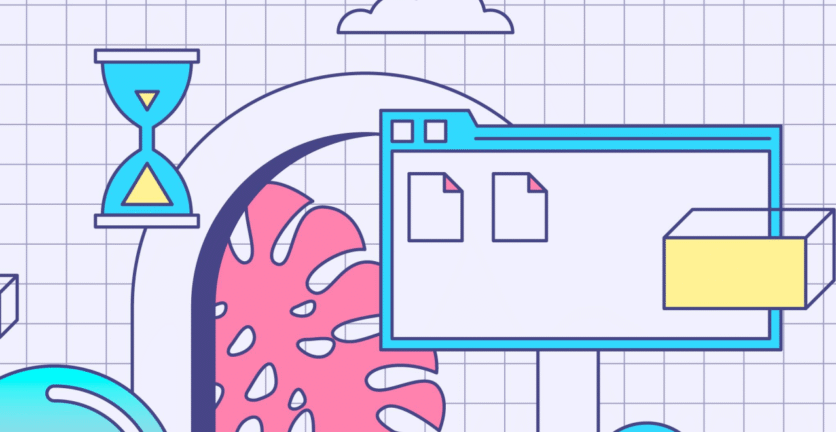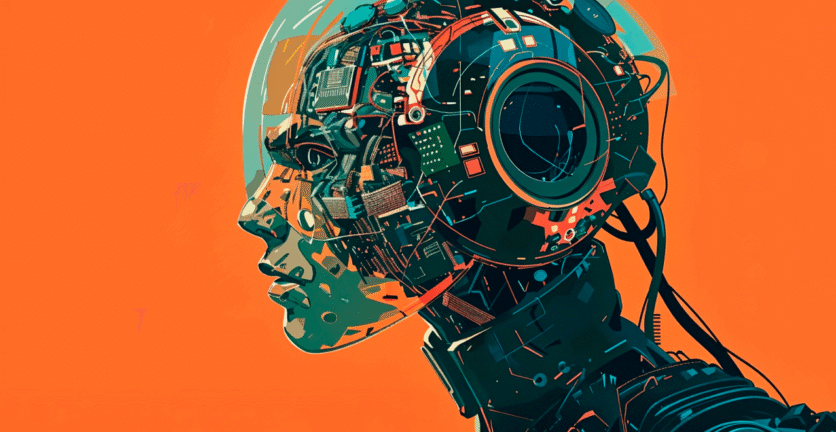Have you ever found yourself debating whether to hire an in-house UX/UI designer, bring in a freelance designer for a project, or approach a leading company with a dedicated UX/UI team? Like many things in life, the answer is “it depends.”
After ten years in the business, working with large product companies as well as closely with startups, I’ve noticed three recurring questions:
- When is it best to hire a freelance designer?
- When should you hire a UX agency?
- When is it right to add a UX/UI designer to your company’s team?
I’d like to share insights I’ve gained over the years, hoping they’ll help you make the right decision for yourself and your company.
So, when should you hire a freelancer versus a full team?
Formulating a User Experience Strategy
I believe that to achieve real impact, teamwork wins. The greatest strength of a group lies in its collective brain—a combination of designers, product managers, and specialists from diverse backgrounds who have worked on and accompanied many projects.
An external UI agency acts as an “intervention team,” bringing a broad perspective, knowledge of various systems and platforms, and a wealth of options to incorporate into your product. The synergy and familiarity with different types of products help advance the project and lead to high-quality results. The team reviews the panel, the flow, and the designs, enabling the creation of a precise user experience and a top-level user interface.
Handling Project Size and Complexity
It’s important to remember that in UX and UI work, there’s rarely a single solution or answer. There are many dilemmas, and the search is for that spark, that breakthrough idea. Collaborative thinking brings a wide range of opinions and ideas. Of course, part of teamwork is using positive communication and constructive criticism to generate productive brainstorming, leveraging each designer’s strengths to advance the product. That’s why the team needs to know each other and work well together.
A Broader Perspective
Teamwork can provide a wider view of current trends and design directions, based on the knowledge and experience of team members, supporting and enriching the UX of your product.
Budget and Timelines
In terms of time management, a skilled and professional team can shorten the entire process—from ideation to design. When working with a single designer, a minor creative block or a small issue can waste valuable time, whereas a team can divide a complex project among different designers or solve small problems together along the way.
Creative Fatigue
Suppose you’ve hired a UX/UI designer for your organization or brought in a freelance designer. It starts off great—you meet a brilliant person, let’s call him Nadav. Nadav has exceptional knowledge and expertise and works on the product design from the ground up. Over time, Nadav becomes deeply immersed in the product’s world, and his boundaries close in around him. Eventually, his ongoing tasks are reduced to adding another button or making a minor menu change. No matter how talented or intelligent Nadav is, he will eventually stagnate—this is completely natural, though no in-house designer will admit it. What’s missing is the external stimulation and exposure that comes from working as part of a UX team handling multiple products.
Product Blindness – Tunneling View
On a related note, there’s the concept of “product blindness.” When someone is constantly immersed in a product and develops an exclusive relationship with it, they become “married” to it and find it hard to step outside the bubble. An external UX/UI team can solve this—they can see the full picture from an objective standpoint.
Availability and Long-Term Support
Believe it or not, I actually think that the fact the team isn’t sitting in your company and isn’t dealing with your project all day is an advantage. That’s why, if you’re a young startup or a company working on a new project and you ask me to have my team members sit in your office for the duration of the project, I tend to decline. I truly believe the results you’ll get will be better if our designers work alongside other professionals, breathe the air of other projects, and participate in team meetings that inspire, break creative blocks, and provide tools to help advance your product.
Of course, like any outsourcing relationship, expectations and boundaries must be clearly defined so that the team’s availability is high and the company receives ongoing support. The work doesn’t end once the basic design is complete. The goal is to constantly evaluate, improve during the process, and use ongoing analysis and development to help steer the user experience in the right direction—which, by the way, is always changing.
In Summary
I believe in team thinking on one hand and focused work by talented individuals on the other. That’s why, whenever I’m asked to “place” a UI designer from our team inside a company, I decline. I truly believe the UX world is full of dilemmas and challenges—these are best addressed within a workgroup, while the actual work is done by the professional. My company’s and my own experience prove that teamwork is truly the ultimate way to design and define the user experience for any product we’ve handled. Each designer brings their skills, practical experience, and unique way of thinking to the table—and together, in a well-coordinated and synchronized manner, the team is able to provide solutions, define, and create an effective and optimal user experience.




